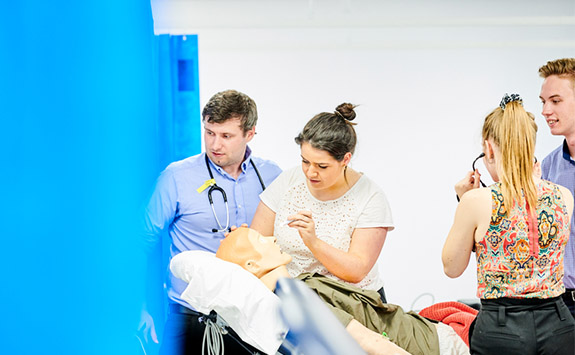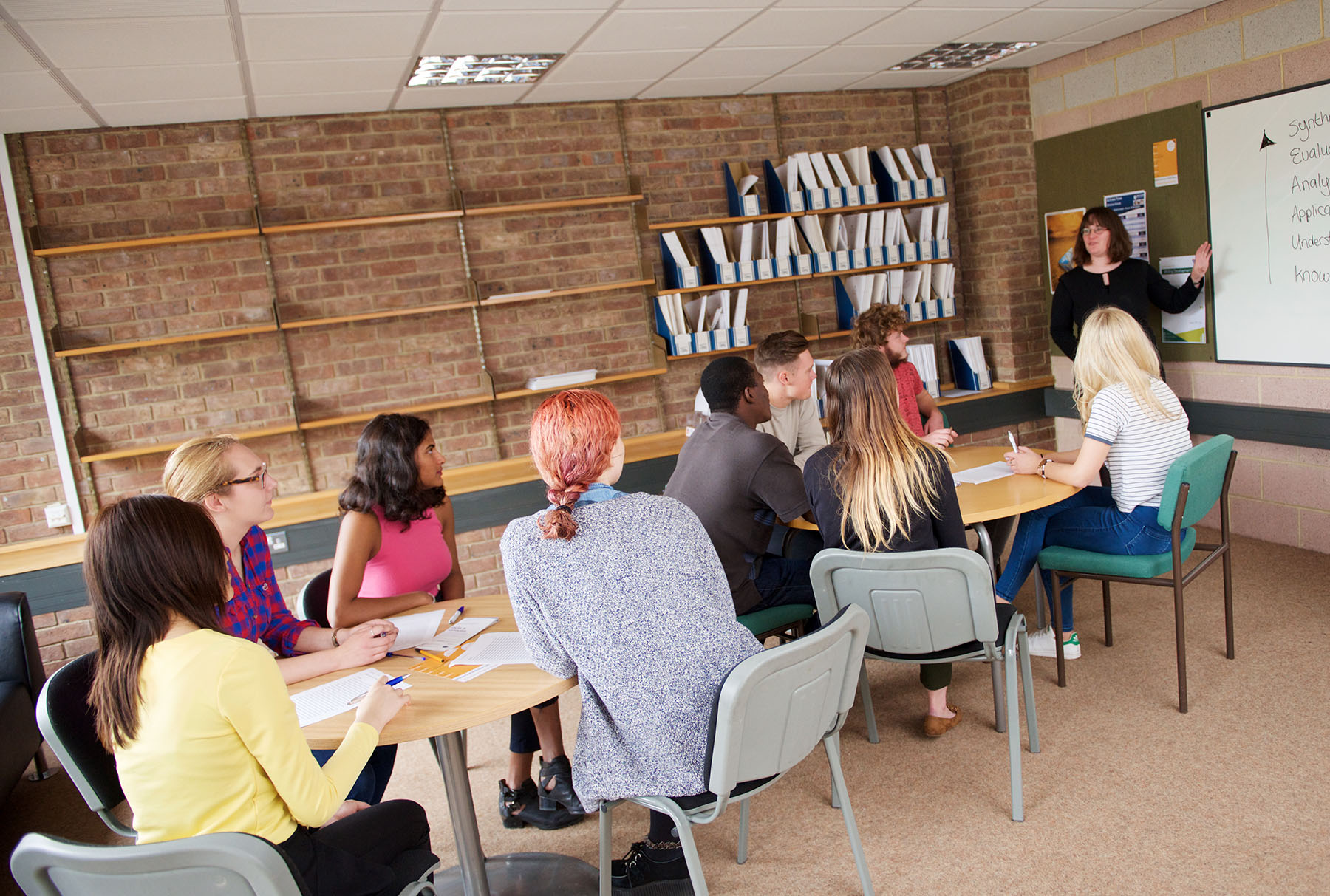Problem-based learning
NEW: A vision for education and skills at Newcastle University: Education for Life 2030+
Problem-based Learning Pedagogy
Problem-based learning (PBL) is a student-centred approach to learning. It is different from traditional teaching methods of presenting facts and concepts about a specific subject and then assessing learning. Problem-based learning shifts control from lecturer, or giver of knowledge, to facilitator of student learning. Students must adapt to being proactive learners.
With PBL students are assigned a real-world problem upfront and they work in groups to create a problem solution. Typically, students work together to identify what they need to know and apply this learning to solve the problem, often resulting in a presentation of the solution and an evaluation of the process.

Benefits of the problem-based learning approach
Research shows that introducing PBL early in the curriculum can support students with self-directed learning habits, develop professional skills, teamworking, communication and problem-solving skills, as well as softer skills such as listening or adaptability. It can facilitate critical thinking, decision-making in authentic learning situations, and self-reflection. In problem-based learning, students develop transferable skills and solve real-world questions.
Examples of problem-based learning activities
In problem-based learning, students are presented with a question, followed by their own investigation. Examples will differ in various disciplines, but PBL can include:
- working on real-life case studies in groups
- creating a business plan or marketing plan, and pitching it to peers (as "investors", "clients" etc.)
- simulations or games
- branching scenarios
- developing a care plan for a patient
- discussing an issue affecting the local area/community and creating a policy brief.
Problem-based learning: general considerations
- Is the problem statement is demanding enough so that students cannot solve it on their own? Does it require different perspectives?
- Will you use any supplementary materials (multi-media resources) and how they will be incorporated into the module?
- How will you provide clear guidance, scaffolding and signposting?
- How long to give students to formulate a problem solution? Is the time allocation reasonable given group dynamics, student learning commitments, staff time for support, if required, and access to learning resources…? If groups need any support whilst formulating the solution, who will give that support?
Groupwork considerations in problem-based learning
Before setting up your groups or assigning PBL you might want to consider the following:
- Will students be involved in planning the groups?
- How will you allocate students to groups and prevent bias? consider, group size, discipline mix, skills level, gender balance, ethnicity balance, evenly dispersed groups
- What introductory material or group resource information can you provide to help students succeed?
- What educational technologies could support groupwork and collaboration, e.g., groups in Canvas, Teams.
- How will you handle concerns and problems?
Assessment considerations
- how do you assess students' learning and maintain individual accountability?
- whether it will be assessed by a teacher, peers (e..g using Buddycheck), group assessed
- any individual aspects e.g., individual concept maps?
- whether to encourage students to keep an inquiry/reflection log
- creating an assessment rubric
- the weighting you give to the process and the solution
Remember to clearly explain PBL and expectations to students: rationale, instruction, group expectations, timeline and assessment.
